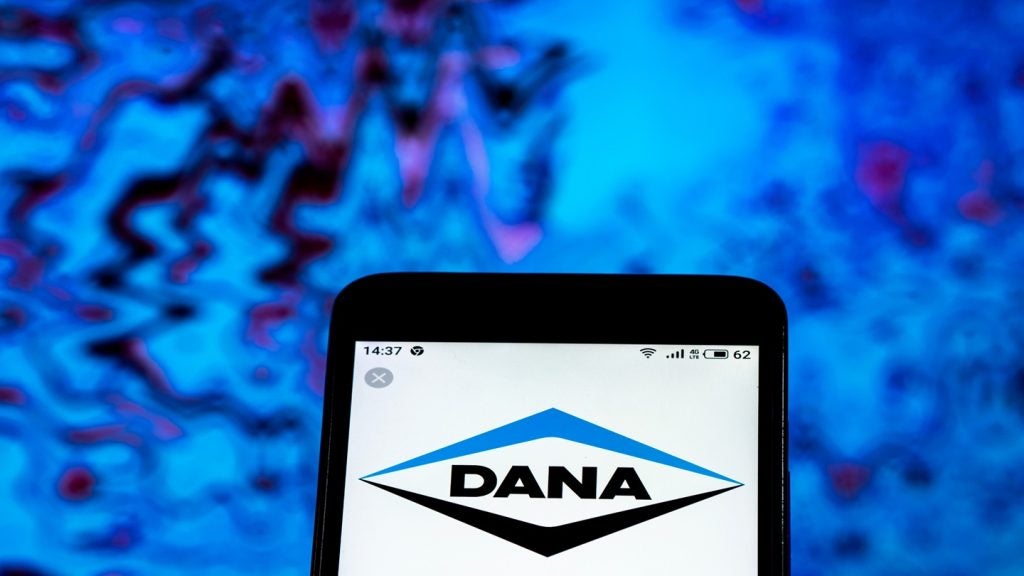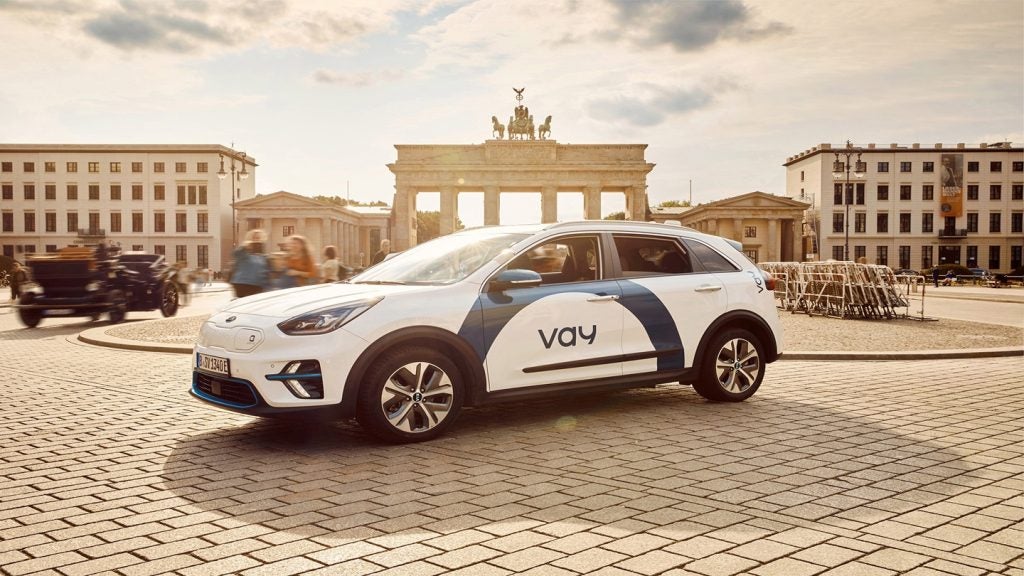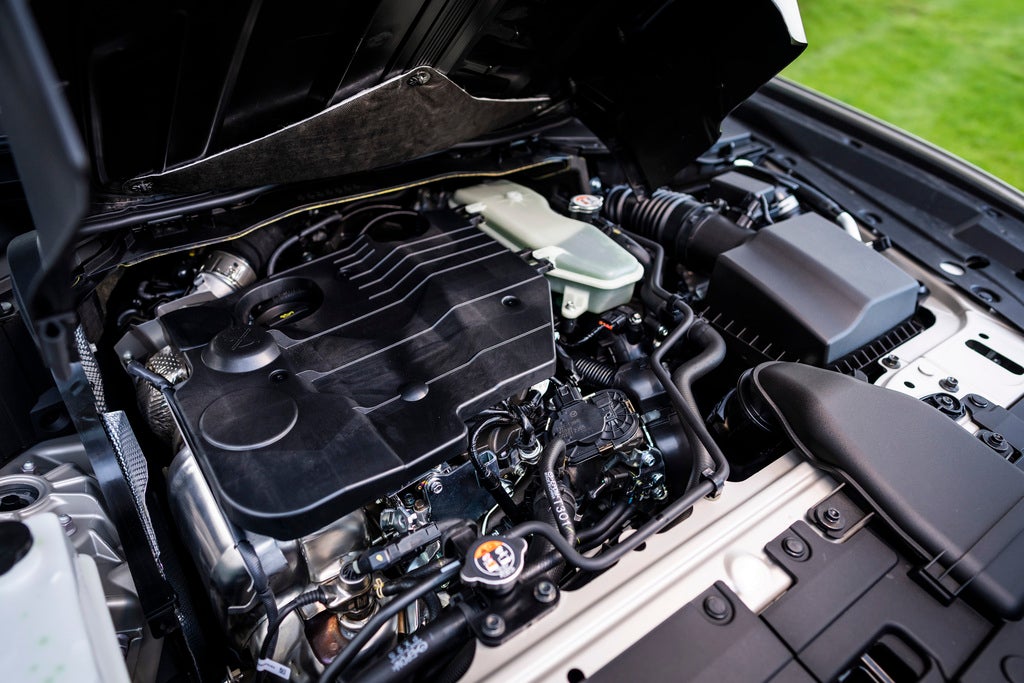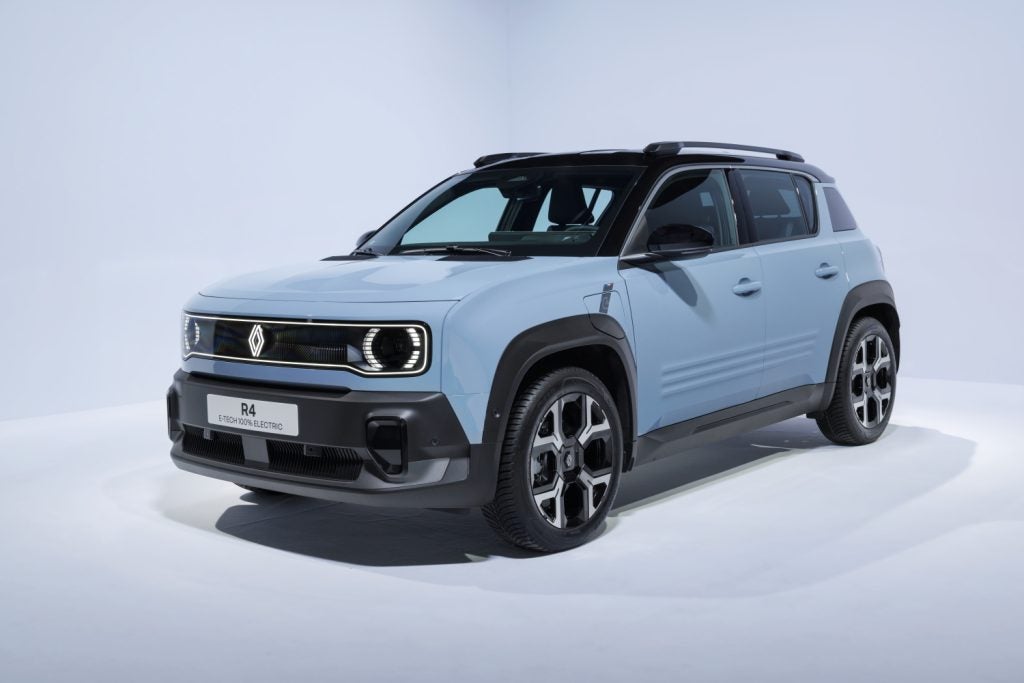 At the heart of the Kwik-Fit issue is whether an automotive group is a vehicle maker, or a diversified service provider. Answering the question has delineated a trend that began soon after the first automobile spluttered into motion.
At the heart of the Kwik-Fit issue is whether an automotive group is a vehicle maker, or a diversified service provider. Answering the question has delineated a trend that began soon after the first automobile spluttered into motion.
When the car was in its infancy, the manufacturing theory of vertical integration saw iron ore shipped into one end a factory and completed cars roll out of the other. The practice was pioneered by Ford at its River Rouge plant in Michigan, transferred to Dagenham (RIP), and was still widely copied in the Soviet era with monstrosities like the Lada factory in Togliatti. There, the vinyl off-cuts from seat construction were turned into handbags for fashion-conscious buyers on the Nevsky Prospekt.
Over the century, the car manufacturing process was gradually flattened as companies divested themselves of material-making and parts construction. Today, responsibility for seat production, for example, is delegated to a specialist like Johnson Controls, which wisely leaves handbag production to the likes of PRADA.
Ford is arguably the most extreme example of the evolution. Its tractor-making operations, a core business when founder Henry Ford was in charge, were sold to a Fiat group company and are now known as CNH, or Case New Holland. Its European medium and heavy truck operations were bought by Iveco, another Fiat company, and its heavy truck business in North America is now part of DaimlerChrysler. More recently, Ford swept its component-making interests into Visteon, which it then launched on the New York stock exchange as a separate company.
On the face of it, the changes redefined the once highly diversified Ford as a straightforward car and light truck producer. But it is not even truly that these days. The latest Fiesta is clearly a Ford because it says so on the badges. Look a little more closely at the Cologne factory where it is made, though, and one finds a supplier park. The dozen suppliers located there do not produce simple gaskets or gear levers. They are responsible for the design, development and manufacture of highly complex and critical sub-systems that collectively constitute a large proportion of a completed car.
How well do you really know your competitors?
Access the most comprehensive Company Profiles on the market, powered by GlobalData. Save hours of research. Gain competitive edge.

Thank you!
Your download email will arrive shortly
Not ready to buy yet? Download a free sample
We are confident about the unique quality of our Company Profiles. However, we want you to make the most beneficial decision for your business, so we offer a free sample that you can download by submitting the below form
By GlobalDataFiesta’s doors, complete with electrical connectors, air bags, locking mechanisms, window lifters and all the trim are made on contract by Faurecia. The complete Fiesta driveline, together with the cooling, steering, suspension, brakes and exhaust, is put together by Ferrostaal. Each sub-system is then delivered in sequence, just-in-time at the appropriate point on the car’s final assembly line.
“Ford simply paid the supplier an agreed amount for each painted body” |
Throughout all this, Ford remains responsible for the overall quality of the product. At the macro level, it is the guardian of the brand. But most of the metal bashing, plastic moulding and micro-assembly that go into its products is carried out by contractors — frequently non-union organisations that pay lower wages and provide fewer benefits than their client companies.
The vision thing
What this adds up to is a revolution by evolution. Former Ford chief executive Jacques Nasser wanted to refine the role of the car maker further. His vision of Ford was as a vehicle maker and provider of related services. Nasser’s thinking was shaped by the fact that profit margins in services like finance, leasing, insurance, repairs and after-market sales dwarf those of manufacturing and retailing. In pursuit of the Nasser ideal, Ford bought Kwik-Fit, car dealerships in the United States and the UK, a warranty company and some car recycling centres.
 Now Bill Ford, Nasser’s replacement, is taking apart the policy, which he regards as a destructive distraction. He is convinced Ford has to return to the central tenet of its operation: designing, making, selling and financing high quality cars and light trucks. The decision to sell Kwik-Fit must be particularly painful, because few believe Ford will get back the £1 billion it paid for the company only three years ago. But Ford, with its product quality and dealership morale further battered by last year’s Firestone/Explorer controversy, had to do something.
Now Bill Ford, Nasser’s replacement, is taking apart the policy, which he regards as a destructive distraction. He is convinced Ford has to return to the central tenet of its operation: designing, making, selling and financing high quality cars and light trucks. The decision to sell Kwik-Fit must be particularly painful, because few believe Ford will get back the £1 billion it paid for the company only three years ago. But Ford, with its product quality and dealership morale further battered by last year’s Firestone/Explorer controversy, had to do something.
Not that Ford was alone in changing direction. While not as radical, other automotive groups took part in similar processes over the past couple of decades. They bought and sold companies, sometimes to reinforce their own core businesses, sometimes in order to diversify.
And sometimes they got it wrong. “There is an ebb and flow in these things,” notes Brian Knibb, chairman of Knibb Gormezano and Partners, the Derby-based management consultants. “Sometimes companies are bought on the whim of the chief executive, but cost and experience forces them back to their roots.”
Sticking to the knitting
There were several prime examples of that when vehicle demand was very high during the 1980s. Hard to believe, but each of Detroit’s Big Three was making more money than it knew what to do with at the time. Investors were well rewarded and product programmes were fully funded, so the trio invested in aerospace companies (GM in Hughes, Ford in Loral, Chrysler in Gulfstream) in the hope they would act as counter-cyclicals in the bad times. At the same time, GM also bought EDS, the IT systems specialist created by gung-ho entrepreneur Ross Perot.
The initiatives were encouraged by Wall Street, which loved high tech and never liked heavy manufacturing. Times changed. All the acquisitions subsequently became subject to disposals by the car makers. “Investors are much less positive about diversification these days,” explains John Lawson, managing director of equity research at Salomon Smith Barney in London. “Sticking to your knitting is the favoured strategy, especially for industrial companies.”
And that is what has happened. General Motors ditched its medium and heavy-truck operations and later spun off a separate component entity known as Delphi. Renault’s former truck business was sold to what remains of the Volvo group, now the world’s second biggest truck and bus maker after DaimlerChrysler. Both GM and Renault dabbled in producing their own manufacturing robots before abandoning their ventures to more qualified professionals.
What was once the broadly based Saab–Scania group was broken up into three wholly unrelated elements: the Saab car maker owned by GM, the Saab aerospace company that has an alliance with BAE Systems, and the rump Scania truck and bus maker. Rover’s period of ownership by British Aerospace (now BAe Systems) was a diversion, a political expedient rather than an industrial solution, as events proved.
Even Fiat, an historically diversified industrial group, was part of the consolidation in recent years. Its interests in civil engineering, chemicals, telecommunications, retailing and railway rolling stock were sold. And so will Fiat’s Magneti-Marelli components business as well as soon as a realistic price can be raised.
What none of the automotive companies seems prepared to abandon, though, are their profitable financial and leasing operations. Provided they cost little to operate – and that’s because they are largely Internet-based — they can generate better returns than manufacturing and retailing. Indeed, Volkswagen, DaimlerChrysler and BMW are now firmly established in retail banking, issuing credit cards that can be used for more general shopping and services.
“Where vehicle makers’ policies do differ, though, is the rental car business. “ |
To outsiders, though, the policy does not neatly dovetail with other Ford actions like the proposed sale of Kwik-Fit and all the recently bought dealerships in the United States.
Those changes inevitably raise questions about the future of other Ford services. If Kwik-Fit is not part of the grand plan, what does that mean for Ford’s Rapid-Fit aftermarket operation? If fast-fit tyres and exhausts do not comply with the new definition of Ford, does a warranty company or car breakers? Now that Ford has agreed the sale of its US dealerships, will it do the same to those it bought in the UK?







